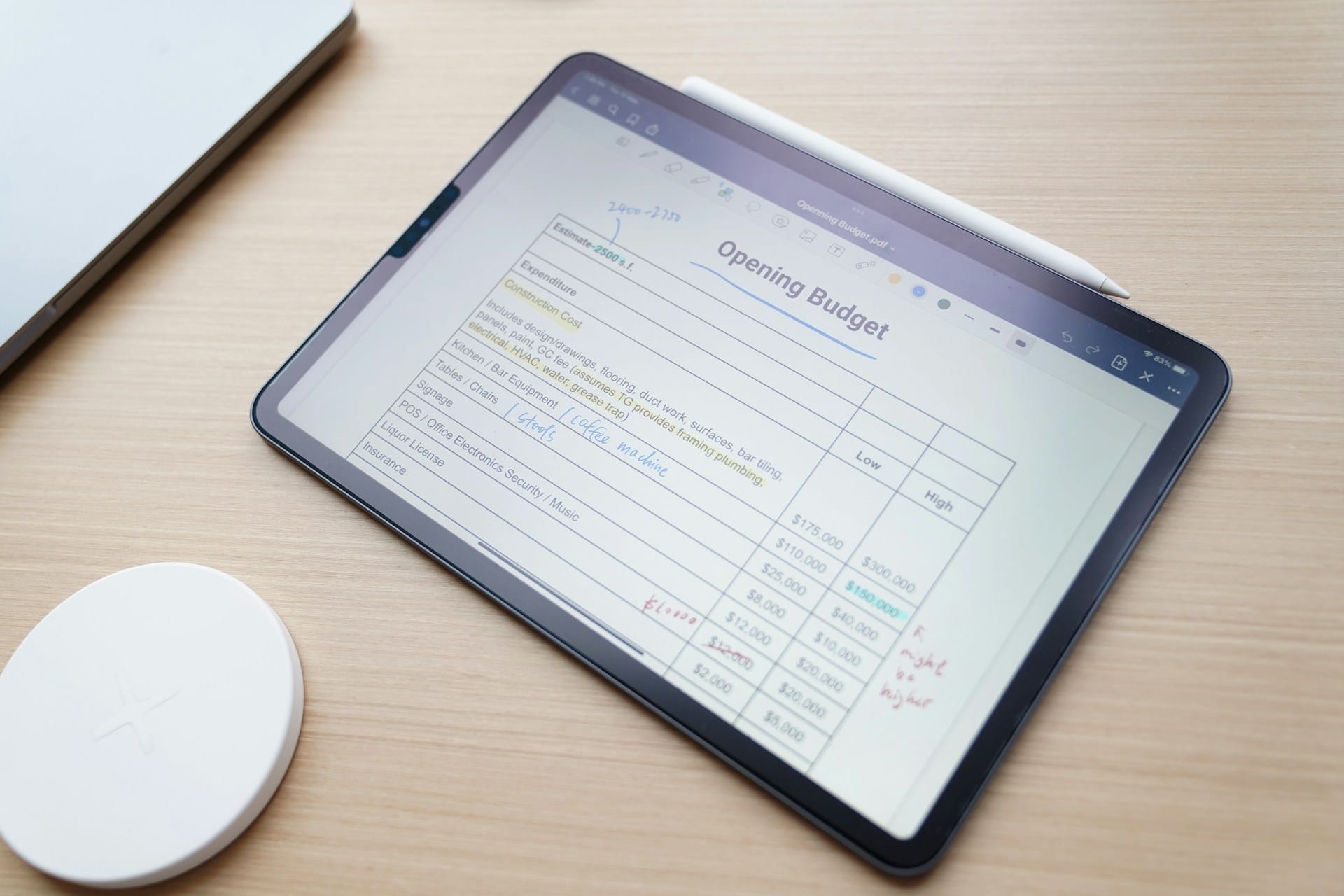In the COVID-19 world of limited resources, investments, and project budgets, we should think, plan, and monitor our financial affairs closely. This blog post will discuss employee labor costs and project cost management. This will help your business have an accurate picture of project costs and expenses to avoid unpleasant financial surprises.
Having a clear understanding of your employees’ labor costs is pivotal to achieving better project budgeting and high-quality products/services. In project terms, it can also minimize overspending and misplacing priorities. Before registering any costs that may occur, a manager should always concretize the scope and put together a project proposal.
The right software can make all the difference with project cost estimation, especially one that has invoicing, time-tracking, and project management features. So, it’s about time we dive deeper into how to calculate employee labor costs that can affect a project’s cost estimation and management. First, let’s refresh all the variables that comprise direct and indirect costs around a project.
Direct costs vs. indirect costs
Starting with the distinction between costs and expenses sounds fitting to clarify this complex duet. Cost relates to the act of acquiring something while expense refers to the usage of the bought product/service. It seems like these two terms are the two sides of a coin; you cannot have an expense without first paying for it.
Costs related to projects, which you cannot omit, form the direct costs. They are integral and necessary to the completion of a project. A characteristic example of a project cost is the payments that professionals get for a project. The equipment, materials, preparatory phase, and tasks around a project are also direct costs.
Additionally, the act of outsourcing subcontracts is also a direct cost. Therefore, if you run a 3D design team, your costs include the team’s salaries, 3D printers, printing material, as well as the whole design and actual printing process.
On the other hand, indirect or overhead costs do not revolve around a specific project. They may be administrative costs, general office equipment, employee benefits, insurance, utilities, and supplies. Any cost that supports a business and workforce in total and not a particular project per se is indirect.
The labor cost definition
The gross salary that an employee receives for their work is a labor cost. Along with the sum of billable hours, a variety of other expenses are included. Joseph G. Hadzima, a senior lecturer at the MIT Sloan School of Management, states the real cost of an employee is about 1.25 to 1.40 times the base salary range. For instance, the true labor cost of employees with salaries of $20,000 yearly, ranges between $25,000 and $28,000. Thus, the actual cost of an employee is more than meets the eye.
What constitutes the true cost of an hourly employee?
Now you know that direct and indirect costs comprise an employee’s actual cost. To find out an employee’s labor cost for project budgets with an hourly rate, you have to dig deeper than their taxable wages. Hourly employee costs include payroll taxes, social security, medical insurance, paid leave, and benefit payments. Plus, an employer has the responsibility to provide for their employees’ mental well-being and retirement plan. Regardless of the employee labor rate for project budgets, most of these extra costs also apply to steady monthly salaried professionals.
Discover the hourly employee costs
For the sake of finding the employee cost per hour, we will introduce Jessica. She is a graphic designer working for a creative agency as a full-time employee. Her hourly rate is $50, and this past year she worked 2080 hours in a year. Thus, Jessica’s yearly labor cost is $104,000, before taxes. Taking into consideration her 20-day paid vacation or 160 hours of work, her total working hours fall to 1920. Then, her hourly rate is closer to $54.
Therefore, you should take your employees’ labor costs into account when calculating the total project costs. This way, you will get better at project cost management for every single project that your team works on.
The importance of project cost management
If you run or own a business that delivers project-based labor, then you need invoicing software with time tracking and project management. At Elorus, we have realized how important it is to manage projects, as well as track time and revenue, a long time ago. By setting up both an employee labor rate for project budgets and the employee cost per hour, you enable Elorus to calculate the total costs and generate accurate invoices for your clients.
Elorus can determine how much a project really costs your business without the need for extra calculations. Setting the right project costs and expenses will facilitate the procedure of organizing and monitoring your project budgets. At the same time, detecting, gathering, and categorizing project spending will result in better budgeting for future projects. For the complete project management experience, create a free account, and witness its financial benefits for yourself.
To sum up, successful projects require well-planned budgets. In turn, procurement expenses and hourly employee costs, amongst others, compose your project costs. Concretizing and monitoring expenses and costs can result in more accurate (or even increased) revenue. As a business owner, getting hold of your project costs will enable you to control the financial route of your ventures. Careful project cost management will prevent unforeseen expenses from driving you off-budget and off-road.






